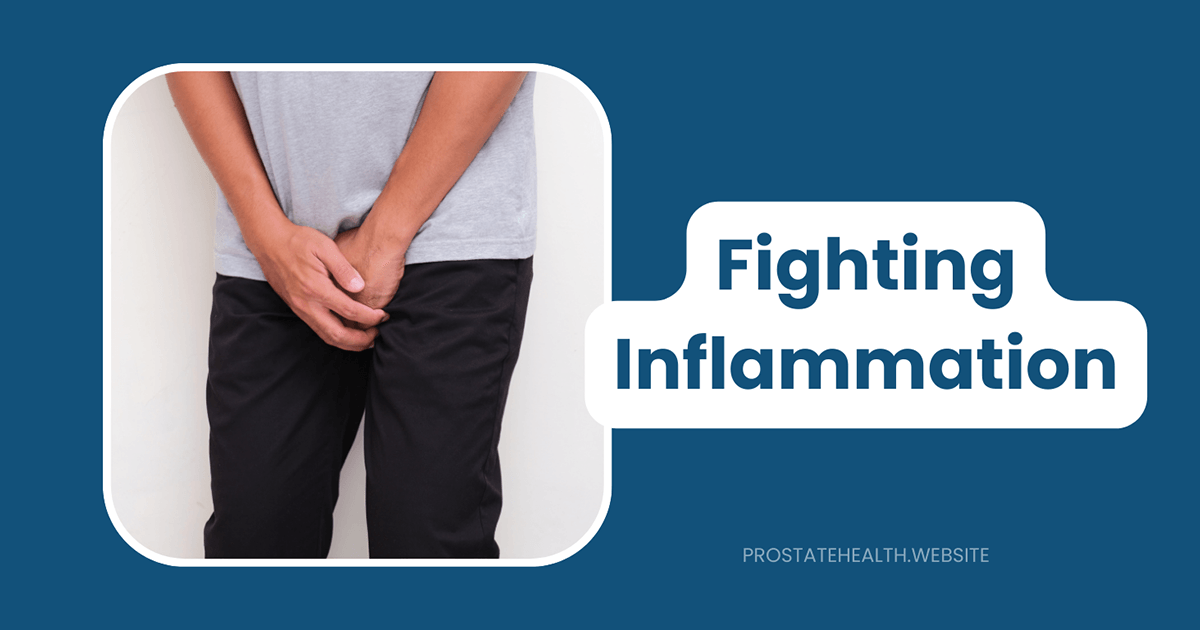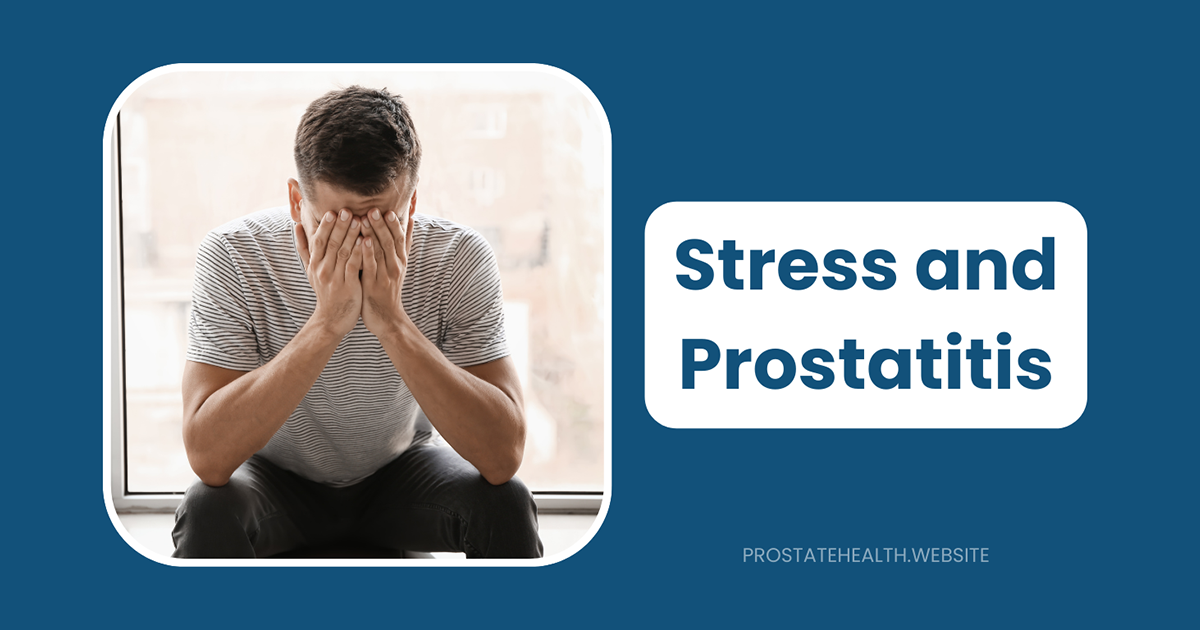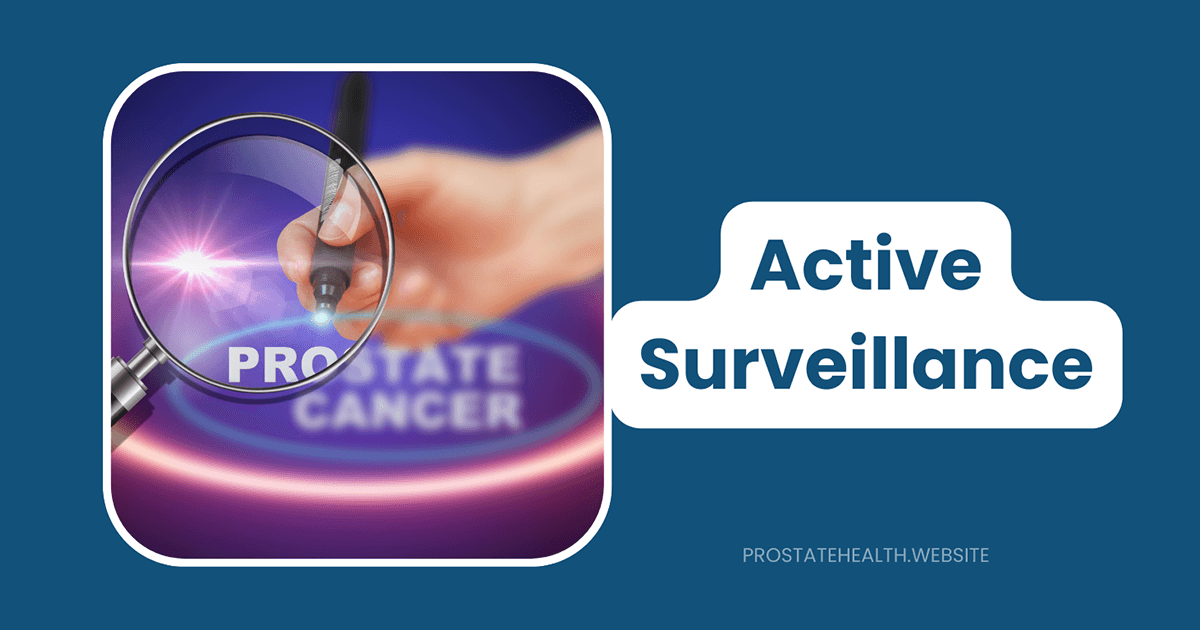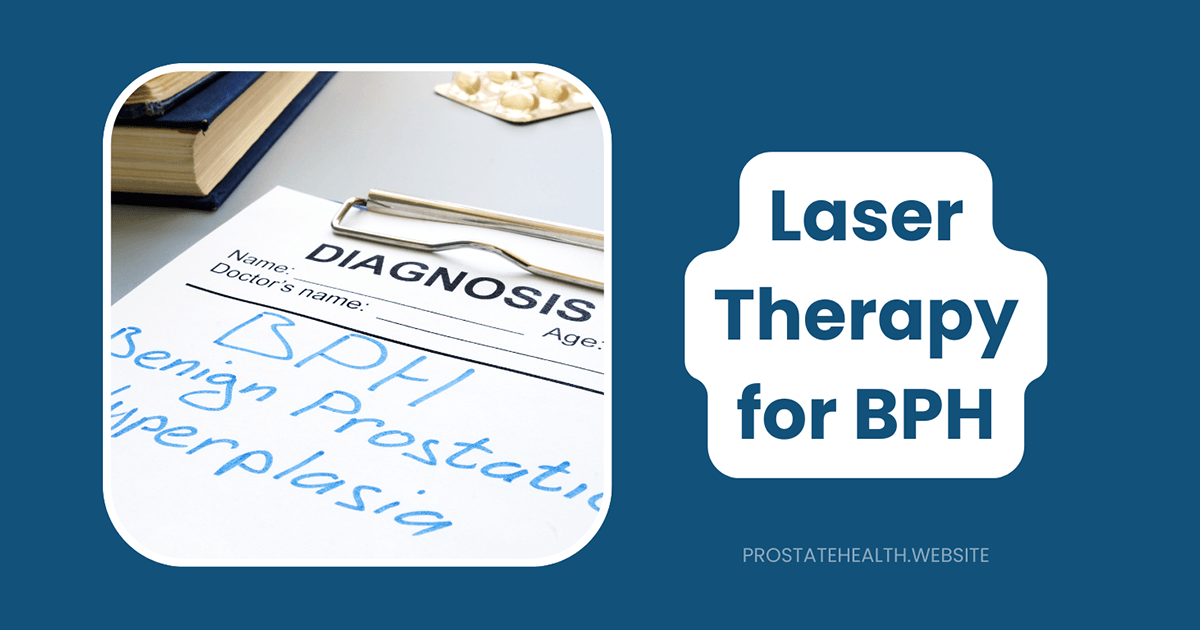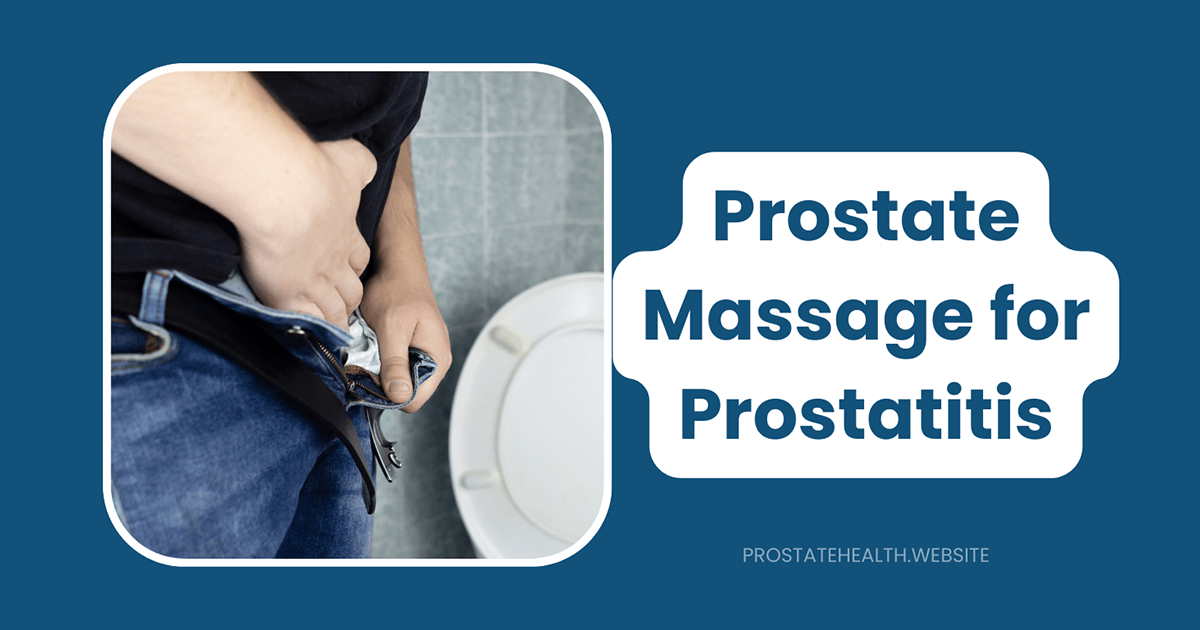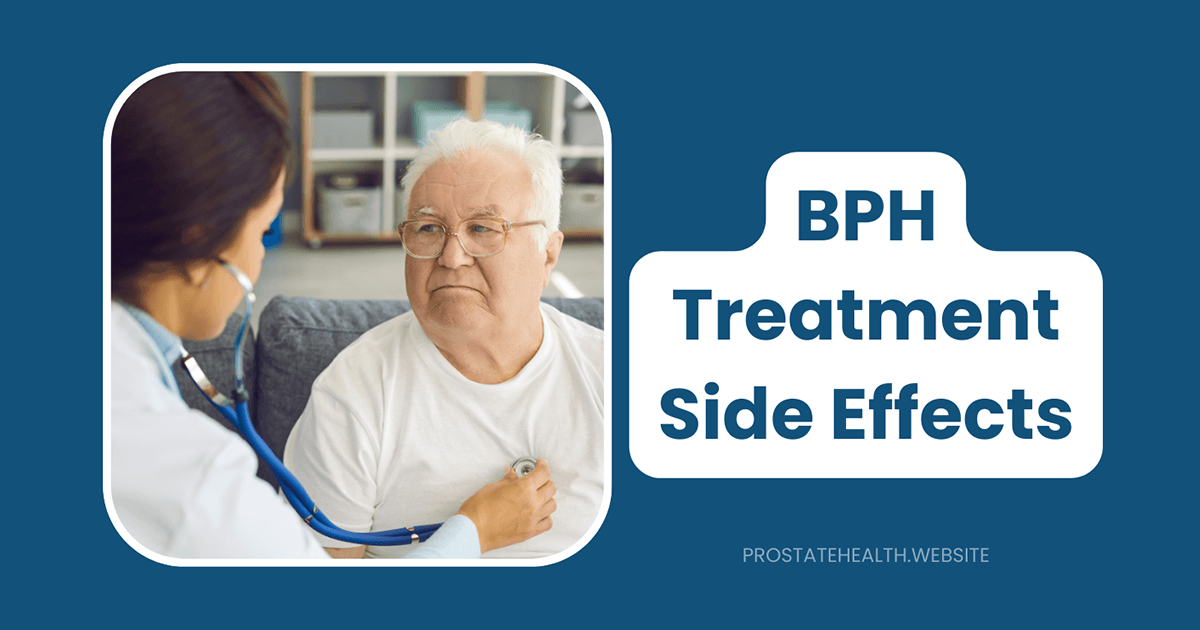Biofeedback Training for Chronic Pelvic Pain Syndrome: A Mind-Body Approach to Relief
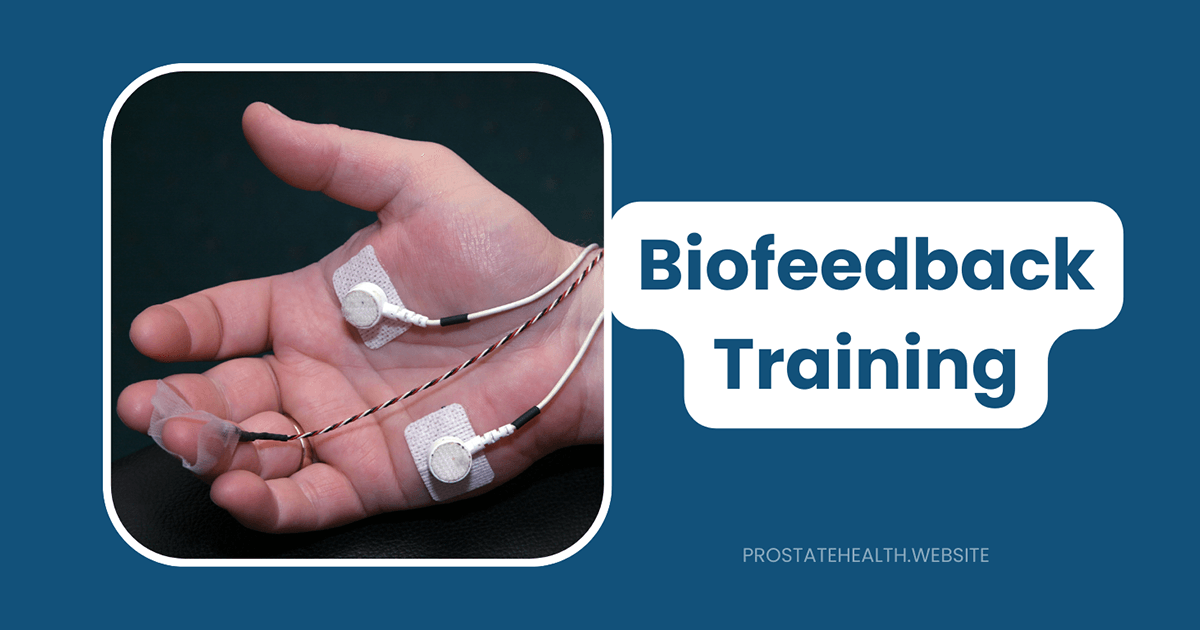
Living with chronic pelvic pain syndrome (CPPS) can feel like an endless battle—one that affects not just your physical health, but your emotional wellbeing, relationships, and overall quality of life. If you’re among the estimated 10-15% of American men suffering from this condition, you’ve likely tried various treatments with mixed results.
As someone who has spent years advocating for men’s prostate health, I’ve seen firsthand how frustrating the search for effective CPPS treatments can be. But there’s a promising approach that’s gaining significant attention in the medical community: biofeedback training.
This mind-body technique has shown remarkable results for many men with CPPS, offering a non-pharmaceutical, non-surgical option that addresses one of the root causes of pelvic pain. Let’s explore how biofeedback works, what the latest research shows, and whether it might be the missing piece in your treatment puzzle.
Understanding Chronic Pelvic Pain Syndrome
Before diving into biofeedback, it’s important to understand what we’re treating. Chronic pelvic pain syndrome, also known as chronic prostatitis/chronic pelvic pain syndrome (CP/CPPS), is characterized by persistent pain in the pelvic region lasting at least three months, often accompanied by urinary symptoms and sexual dysfunction.
According to the National Institutes of Health (NIH), CP/CPPS falls under Category III in their prostatitis classification system and is further divided into:
- Category IIIa: Inflammatory CP/CPPS (white blood cells present in semen, expressed prostatic secretions, or post-prostatic massage urine)
- Category IIIb: Non-inflammatory CP/CPPS (no evidence of inflammation in these fluids)
What makes CP/CPPS particularly challenging is that, unlike bacterial prostatitis, there’s often no clear infection to treat. Instead, the condition appears to involve a complex interplay of factors including:
- Pelvic floor muscle dysfunction
- Neurological sensitization
- Psychological factors
- Immune system dysregulation
- Previous infection or trauma
CP/CPPS is the most common form of prostatitis, accounting for approximately 90% of all cases. It affects men of all ages but is most prevalent in middle-aged men.
The Pelvic Floor Connection
Research increasingly points to pelvic floor muscle dysfunction as a key contributor to CP/CPPS symptoms. The pelvic floor consists of a group of muscles that support the bladder, prostate, and rectum. When these muscles become tight, tender, or uncoordinated, they can create or exacerbate pelvic pain.
A study published in the European Journal of Urology found a significant correlation between pelvic floor muscle tension and symptom severity in men with CP/CPPS. This connection helps explain why treatments targeting the pelvic floor, such as biofeedback, can be effective even when other approaches have failed.
What Is Biofeedback Training?
Biofeedback is a technique that helps you learn to control bodily functions that are typically involuntary, such as muscle tension, heart rate, or skin temperature. For CP/CPPS, the focus is primarily on pelvic floor muscle biofeedback.
How Biofeedback Works for CP/CPPS
During a biofeedback session for pelvic pain, sensors are placed either externally on the perineum (the area between the scrotum and rectum) or internally via a small rectal sensor. These sensors measure muscle activity and display it on a monitor, allowing both you and your therapist to see in real-time how your pelvic floor muscles are functioning.
The process typically involves:
- Assessment: Measuring your baseline pelvic floor muscle activity
- Awareness training: Learning to identify when your muscles are tense versus relaxed
- Relaxation techniques: Practicing methods to consciously relax the pelvic floor
- Coordination training: Developing proper coordination of muscle contraction and relaxation
- Home exercises: Learning techniques to practice between sessions
The principle behind biofeedback is elegantly simple: by making the invisible visible, you gain conscious control over previously unconscious processes. As one specialist explained, “You can’t relax a muscle you don’t know is tight.”
The Evidence for Biofeedback in CP/CPPS
The research supporting biofeedback for CP/CPPS is increasingly compelling:
Clinical Studies Show Promising Results
A landmark study published in European Urology evaluated 33 men with CP/CPPS who underwent biofeedback physical therapy. The results were remarkable:
- The mean total Chronic Prostatitis Symptom Index (NIH-CPSI) score decreased from 23.6 to 11.4 after treatment (p<0.001)
- The mean pelvic floor muscle tension decreased from 4.9 to 1.7 (p<0.001)
- 97% of patients experienced a decrease in their total symptom score
- Improvements were noted in pain (87% of patients), urination (81%), and quality of life (74%)
The researchers concluded that “biofeedback physical therapy and pelvic floor re-education led to significant symptom improvement in CP/CPPS patients.”
Another study published in the Journal of Urology compared conventional therapy to pelvic floor relaxation with biofeedback in 84 men with CP/CPPS. At the six-month follow-up, nearly 95% of patients in the biofeedback group maintained significant symptom improvement, compared to only 47.5% in the conventional therapy group.
Long-Term Benefits
A key advantage of biofeedback is its potential for long-lasting results. A randomized controlled trial currently underway is specifically examining the long-term effects of pelvic floor training using biofeedback over a period of 6 months, with follow-up assessments at 3, 6, and 12 months post-intervention.
Preliminary data suggests that the skills learned during biofeedback training can provide sustained relief, unlike medications that work only while you’re taking them.
Integration with Other Therapies
The American Urological Association’s guidelines for CP/CPPS emphasize a multimodal approach, recognizing that no single treatment works for all patients. Biofeedback has been shown to enhance the effectiveness of other treatments when used as part of a comprehensive program.
What to Expect During Biofeedback Training
If you’re considering biofeedback for CP/CPPS, here’s what the process typically involves:
Initial Assessment
Your first session will usually include:
- A detailed medical history
- Physical examination focusing on the pelvic floor muscles
- Baseline measurements of pelvic floor muscle activity
- Completion of symptom questionnaires like the NIH-CPSI or GUPI (Genitourinary Pain Index)
Treatment Sessions
Subsequent sessions generally last 30-60 minutes and include:
- Sensor placement: Small sensors are placed to measure muscle activity
- Visual feedback: You’ll see your muscle activity displayed on a monitor
- Guided exercises: Your therapist will guide you through relaxation and coordination exercises
- Progress tracking: Your improvement will be measured objectively
Most treatment protocols involve weekly sessions for 6-12 weeks, though this varies based on individual response.
Home Training Component
A crucial aspect of successful biofeedback therapy is consistent practice between sessions. Your therapist will provide:
- Daily relaxation exercises
- Stretches for tight pelvic muscles
- Breathing techniques
- Possibly home biofeedback devices for continued practice
According to a study in Translational Andrology and Urology, a comprehensive pelvic floor physical therapy program that includes home exercises resulted in 50% of patients achieving robust improvement in their symptoms.
Who Benefits Most from Biofeedback?
While biofeedback shows promise for many men with CP/CPPS, certain factors may predict better outcomes:
Ideal Candidates
- Men with identifiable pelvic floor muscle tension or trigger points
- Those with symptoms that worsen with stress or anxiety
- Patients who have not responded adequately to antibiotics or other conventional treatments
- Individuals willing to actively participate in their treatment
- Those without significant structural abnormalities of the urinary tract
Potential Limitations
Biofeedback may be less effective for:
- Men with primarily inflammatory conditions
- Those with significant psychological disorders that aren’t being addressed
- Patients with neurological conditions affecting muscle control
- Individuals unable to commit to regular practice
Combining Biofeedback with Other Approaches
The most successful treatment plans for CP/CPPS typically combine multiple approaches. Biofeedback can be effectively paired with:
Physical Therapy Techniques
- Manual therapy for trigger point release
- Stretching exercises for tight muscles
- External and internal myofascial release
- Connective tissue manipulation
Lifestyle Modifications
- Stress management techniques
- Dietary changes (avoiding irritants like caffeine, alcohol, and spicy foods)
- Regular physical activity
- Adequate hydration
Psychological Support
The mind-body connection is particularly relevant in CP/CPPS. The American Urological Association notes that men with CP/CPPS have a higher prevalence of psychiatric disorders (29% compared to 11% in age-matched controls).
Approaches that may help include:
- Cognitive behavioral therapy
- Stress reduction techniques
- Mindfulness meditation
- Pain psychology counseling
Finding a Qualified Biofeedback Provider
Not all healthcare providers are trained in pelvic floor biofeedback. To find a qualified practitioner:
- Ask for referrals: Urologists, urogynecologists, and pain specialists often work with biofeedback therapists
- Check credentials: Look for physical therapists with specialized training in pelvic health
- Verify experience: Ask about their specific experience treating men with CP/CPPS
- Inquire about equipment: Ensure they use modern biofeedback equipment designed for pelvic floor assessment
Many major medical centers now have dedicated pelvic health programs that include biofeedback training.
The Future of Biofeedback for CP/CPPS
Research in this field continues to evolve, with several exciting developments on the horizon:
Home Biofeedback Devices
Advances in technology are making home-based biofeedback more accessible. Several companies now offer portable devices that connect to smartphone apps, allowing patients to continue their training between clinical visits.
Integration with Telemedicine
The growth of telehealth has created new opportunities for remote monitoring and guidance. Some biofeedback programs now include virtual follow-up sessions to supplement in-person training.
Personalized Treatment Protocols
Researchers are working to identify biomarkers and clinical features that can predict which patients will respond best to biofeedback, allowing for more targeted treatment recommendations.
Real Stories of Success
While statistics tell part of the story, individual experiences highlight the potential life-changing impact of biofeedback:
“After three years of antibiotics, pain medications, and even considering surgery, I was skeptical about biofeedback. But within six sessions, I noticed a significant reduction in my pain. By the end of the 12-week program, I was 80% better. It wasn’t just the physical relief—learning to control my pelvic floor gave me back a sense of control over my body that I’d lost.” – Michael, 47
“The most valuable aspect was seeing my muscle activity on the screen. For the first time, I could actually see that my pelvic floor was constantly tensed, even when I thought I was relaxed. That awareness was the key to breaking the pain cycle.” – James, 52
Taking the First Step
If you’re struggling with chronic pelvic pain syndrome, consider these steps:
- Discuss biofeedback with your healthcare provider: Bring up this treatment option at your next appointment
- Get a proper evaluation: Ensure you have a thorough assessment to confirm CP/CPPS and rule out other conditions
- Find a specialist: Locate a pelvic floor physical therapist trained in biofeedback
- Commit to the process: Be prepared to actively participate in your treatment
- Be patient: Improvement typically occurs gradually over several weeks
The Bottom Line
Biofeedback training represents a promising approach for men with chronic pelvic pain syndrome, particularly those who haven’t found relief through conventional treatments. By addressing pelvic floor dysfunction—a key contributor to symptoms—biofeedback offers a non-invasive, drug-free option with minimal side effects and potential long-term benefits.
The latest research continues to strengthen the case for biofeedback as part of a comprehensive treatment plan for CP/CPPS. A randomized controlled trial published in 2025 is specifically examining the long-term effects of pelvic floor training using biofeedback, with promising preliminary results.
While not a miracle cure, biofeedback offers something invaluable to men with CP/CPPS: a way to actively participate in their healing process and regain control over a condition that often leaves them feeling helpless. For many, it’s the missing piece that finally brings relief after years of suffering.
Have you tried biofeedback for chronic pelvic pain? Share your experience in the comments below to help others on their healing journey.

